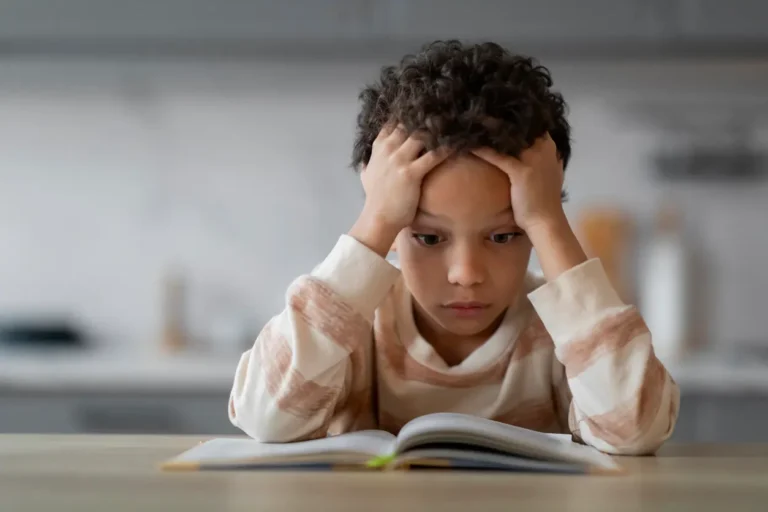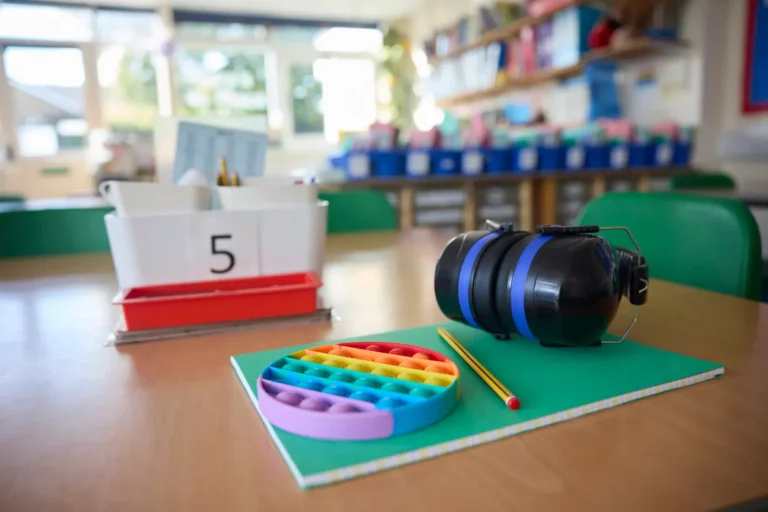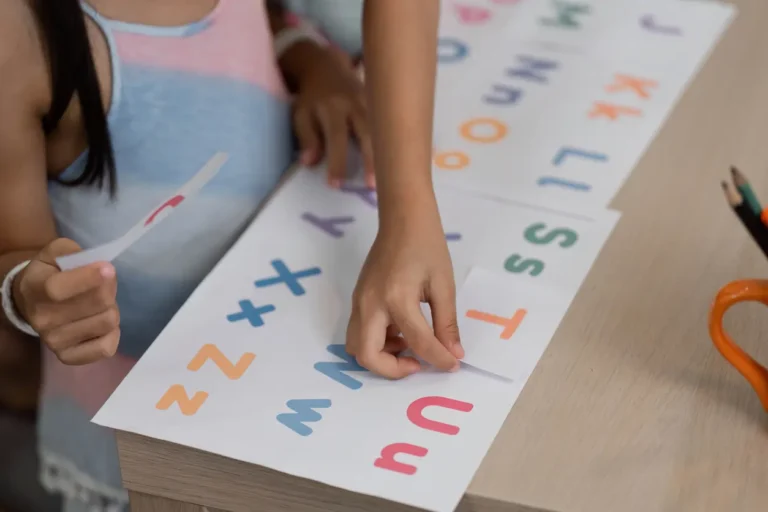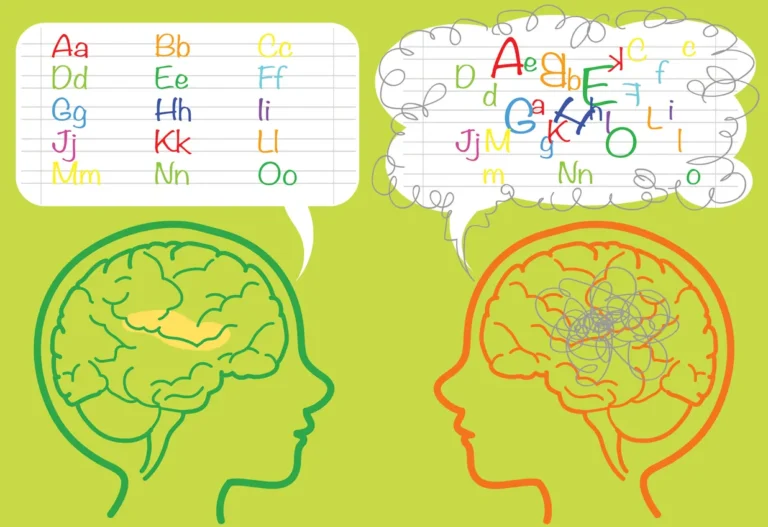Story at-a-glance Hearing vs. processing are different – Children with Auditory Processing Disorder (APD) have normal hearing but struggle with how their brain interprets and makes sense of sounds, especially speech. Signs often look like other issues – APD symptoms can mimic ADHD, learning disabilities, or behavioral problems, making it frequently misunderstood and overlooked by parents and …
[Read more...] about Auditory Processing Disorder: When Your Child Can Hear But Can’t Process





